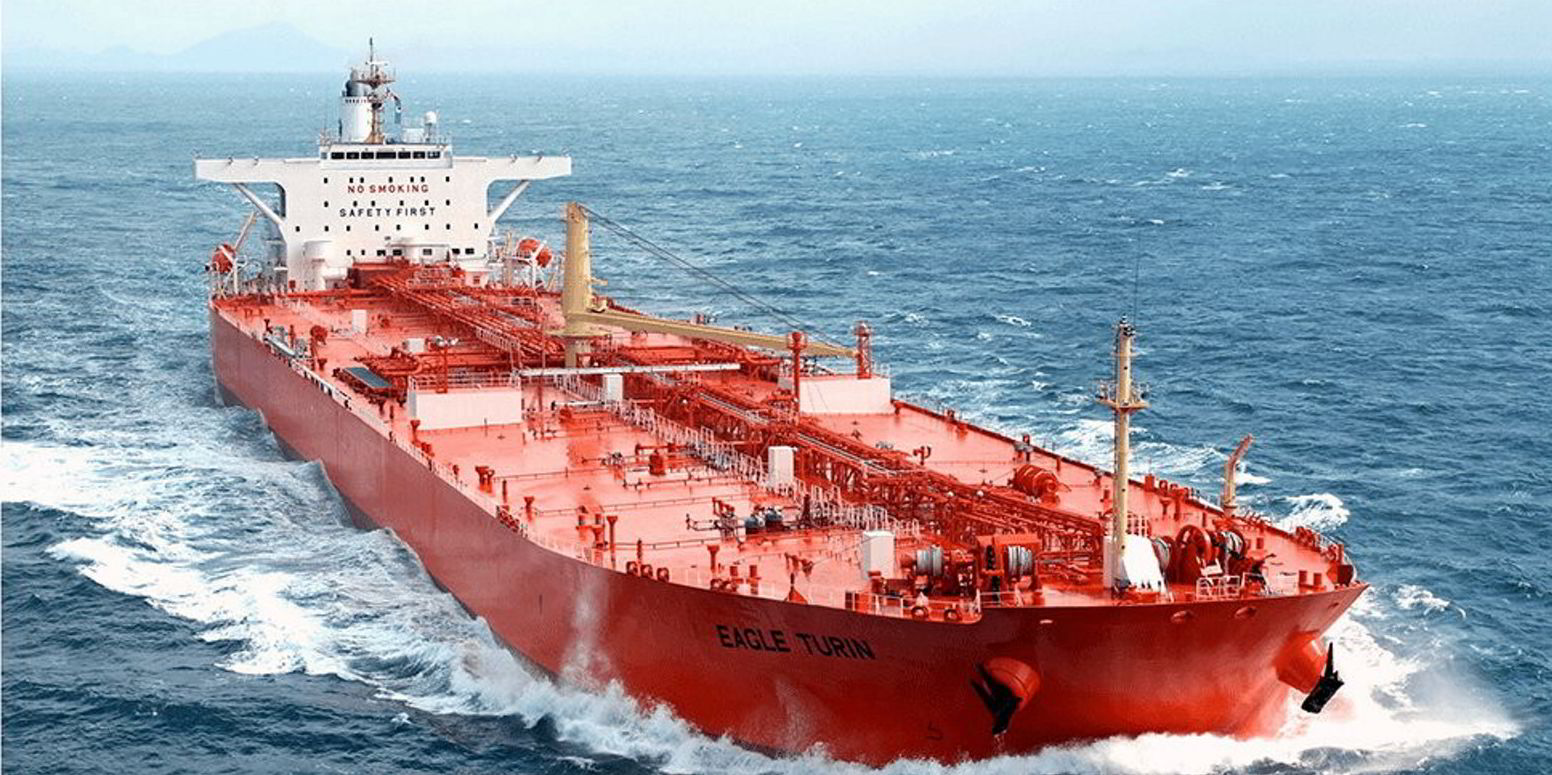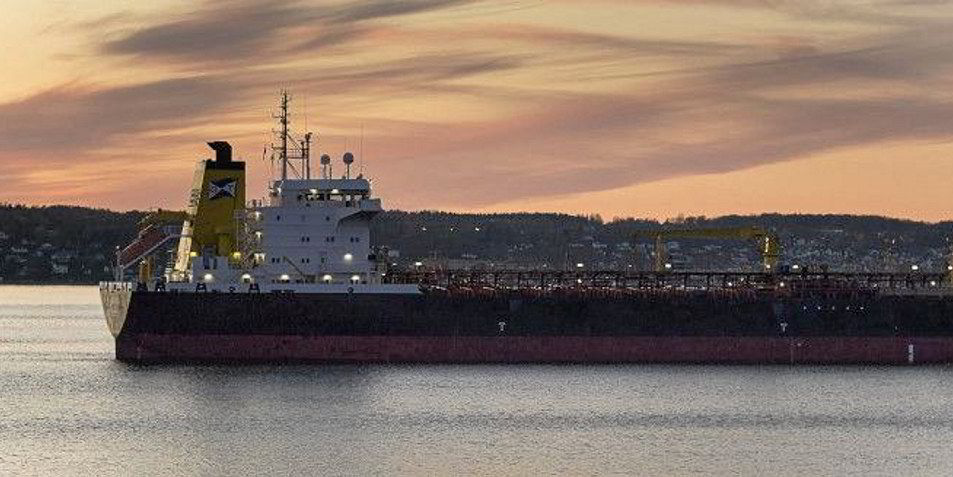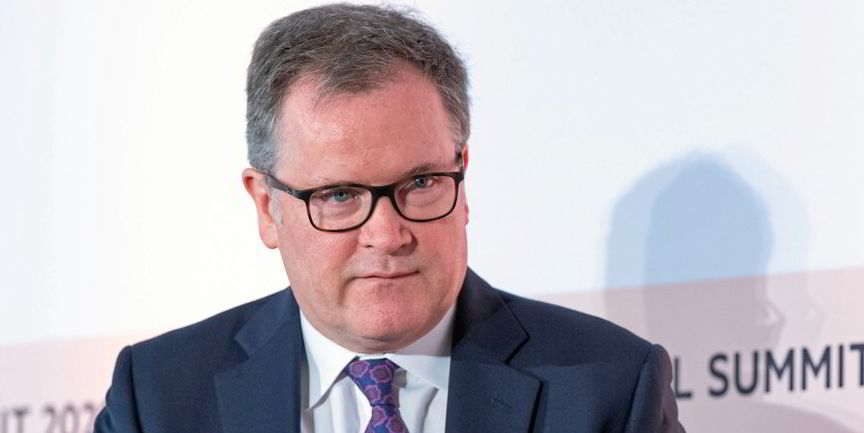The number of tankers sold for further trading has continued to rise
BRS Group said in its monthly report that 34 more tankers, both product and crude, were sold for further trading in 2022 compared to the prior year, representing a 11% increase. It was the sixth consecutive year the figure increased.
“The number of transactions was evenly spread over the year with only [a] couple of months deviating significantly from the average number of transactions,” the French shipbroker said.
According to BRS data, the most active asset class was the aframax and LR2 segment, which saw 142 sales made for further trading in 2022, up from 129 in 2021.
Just under half of those sales were ships 15 years old and older, the broker said.
“Various Chinese and Middle Eastern buyers focused their attention and were behind the acquisition of the older units, in order to profit from the increased charter market and various opportunities,” it said.
“This segment presented the highest increase in assets values, moving from a low 25% for the more modern to more than 110% for the vintage units.”
Panamax and LR1 sales came in second, with 61 sold in 2022 against 41 in 2021, 49 of which were 11 years old or older.
Twenty-one more suezmaxes were sold in 2022, when 59 changed hands, up from 38 in 2021. Of last year’s sales, 37 were 15 years old or older.
VLCCs were the only asset class to sell fewer vessels for further trading last year than in 2021 with a total of 81 changing hands, down from 101 in 2021. More than half of the vessels sold were more than 15 years old.
BRS Group said for MR2s, 45% of the units sold for further trading were between 11 years old and 15 years old, while there were 78 MR1 sales, more than doubling the 2021 figure.
The broker attributed the jump in sales to the “king's choice” afforded to tanker owners last year, where healthy rates and rising asset values meant an owner was making money regardless of what he or she decided to do with their fleet.
It did not mention the so-called dark fleet as a driver for the sales.
Often obscure owners buying older ships to facilitate illicit oil trades were thought by some to driving the market for older tankers, especially as measures like the G7 Russian oil price cap came into effect.
According to VesselsValue a large number of tankers sold last year were bought by undisclosed or unknown buyers.(Copyright)





